All Stories
-
 Tech
TechNature offers inspiration, and occasionally courage
Acting Editor in Chief Elizabeth Quill discusses how nature can inspire people to make long-lasting change.
-
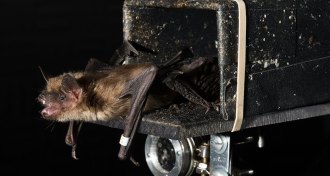 Animals
AnimalsBat brain signals illuminate navigation in the dark
New lab technologies that let bats fly freely allow scientists to track nerve cell signals as the animals dodge and weave.
By Amber Dance -
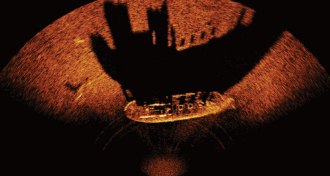 Animals
AnimalsHow bats could help tomato farmers (and the U.S. Navy)
The way bats navigate their environs inspires engineers to develop better sonar and robots that can estimate crop yield or deliver packages
By Amber Dance -
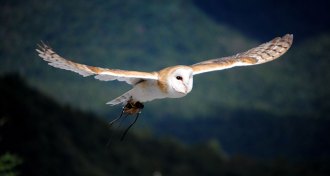 Animals
AnimalsOld barn owls aren’t hard of hearing
A new study suggests that older barn owls hear just as well as younger ones.
-
 Life
LifeThis biochemist brews a wild beer
Wild beer studies are teaching scientists and brewers about the tropical fruit smell and sour taste of success.
-
 Environment
EnvironmentThe list of diseases linked to air pollution is growing
Air pollution levels have come down since the 1970s, but smog is being linked with a growing list of diseases, including dementia, obesity, diabetes and even Parkinson’s.
By Laura Beil -
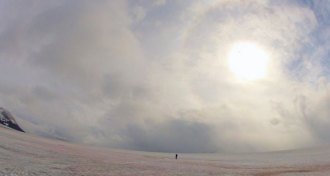 Microbes
MicrobesNow we know how much glacial melting ‘watermelon snow’ can cause
Algae that give snow a red tint are making glacial snow in Alaska melt faster.
-
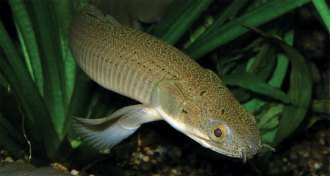 Animals
Animals3-D scans of fossils suggest new fish family tree
Analysis of specimens from China implies ray-finned fishes evolved later than previously thought.
-
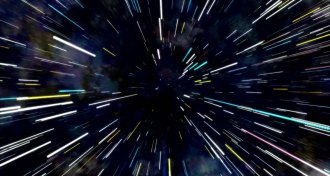 Quantum Physics
Quantum PhysicsA new test of water ripples supports the idea of quantum heat in a vacuum
Water waves bolster theory that accelerating space travelers really feel the heat.
-
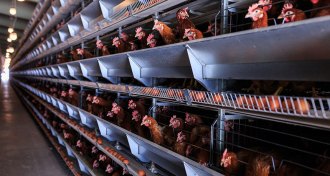 Agriculture
Agriculture‘Big Chicken’ chronicles the public health dangers of using antibiotics in farming
A new book takes a hard look at the chicken industry for its role in fostering antibiotic resistance.
-
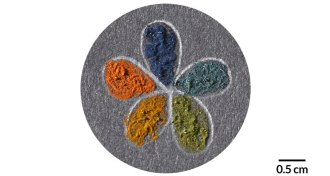 Materials Science
Materials ScienceTiny ‘supraballs’ put a new spin on creating long-lasting color
Nano-sized balls of melanin and silica generate durable colors.
-
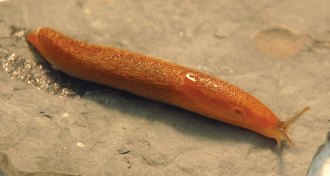 Animals
AnimalsAnimal goo inspires better glue
Researchers are turning to nature to create adhesives that work in the wet environment of the human body.